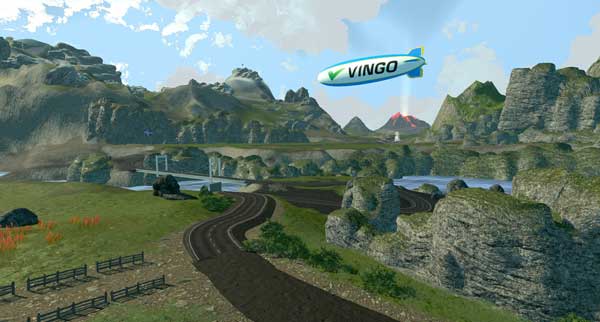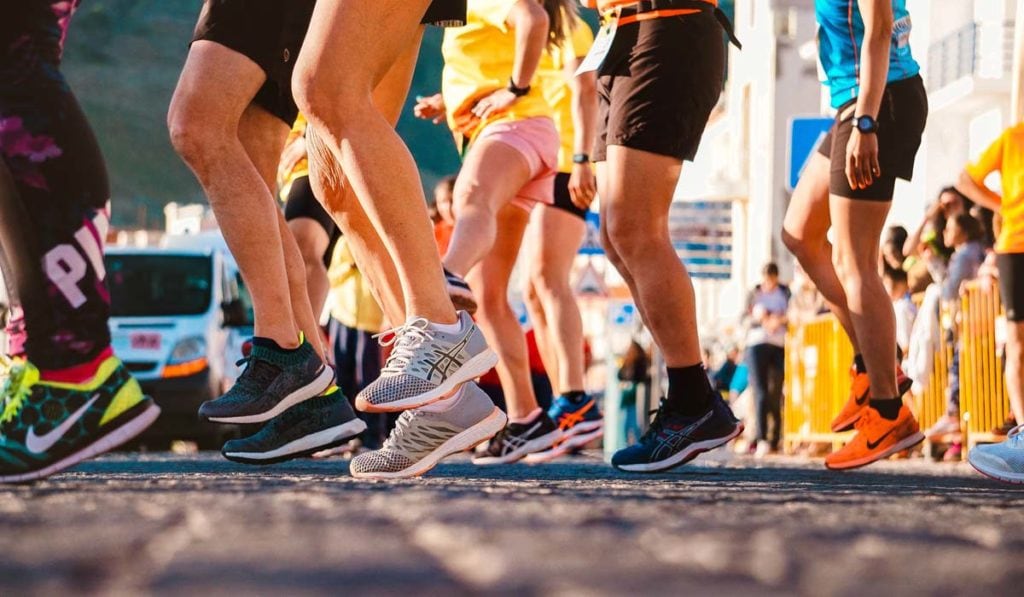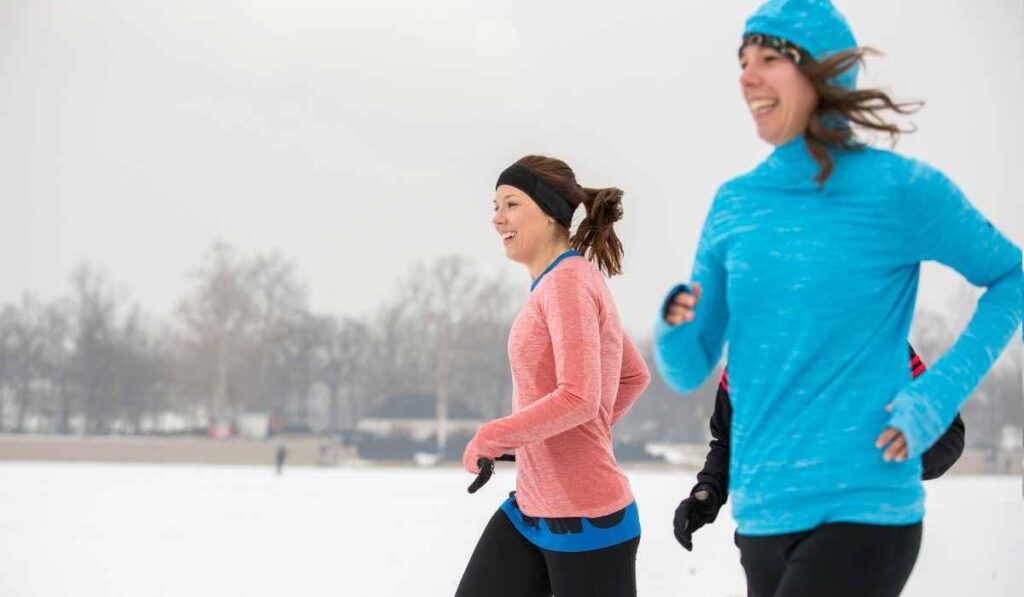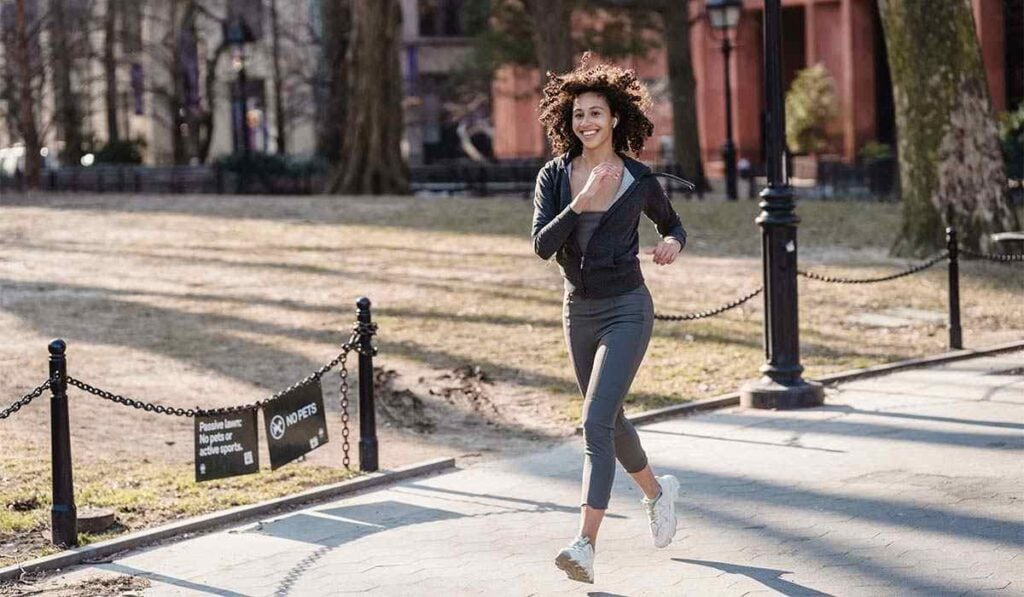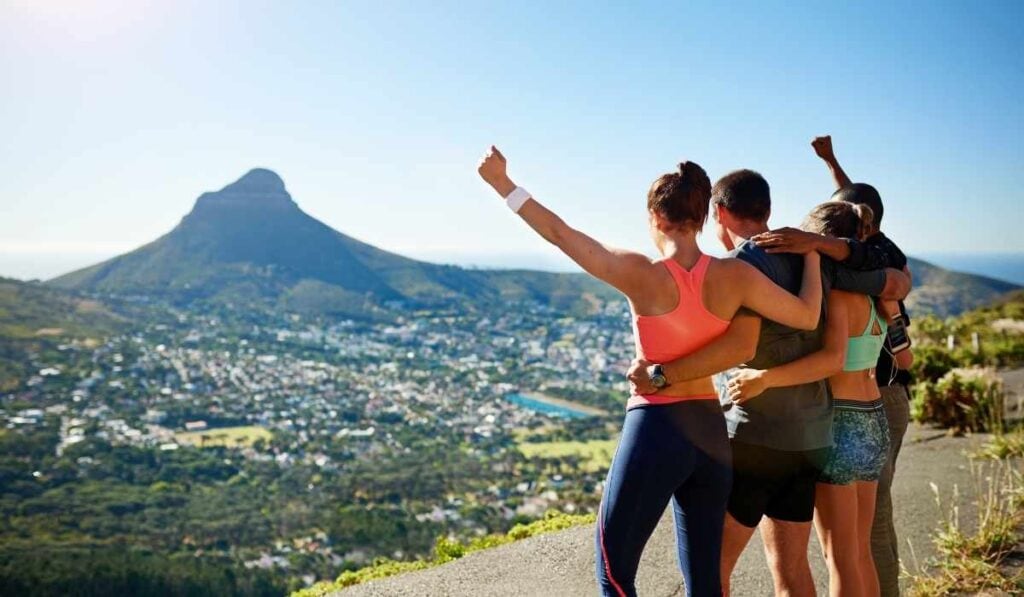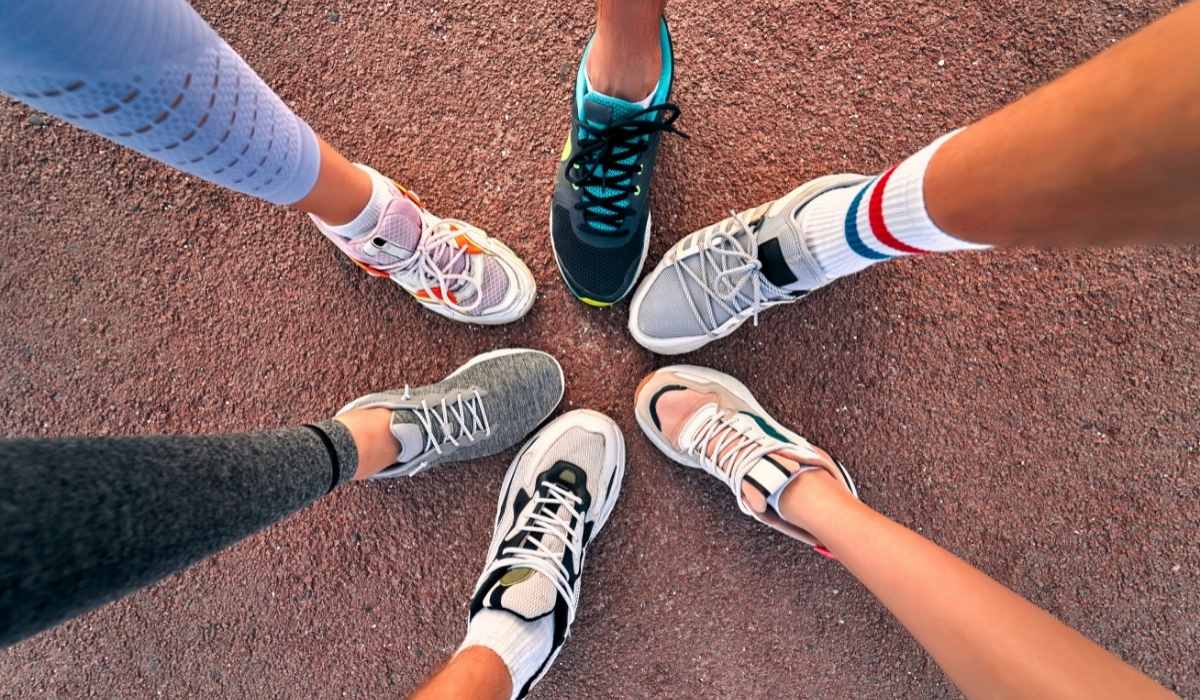
Running Blisters: Causes and Treatment
Many runners will experience blisters from time to time, which can be painful, annoying, and difficult to persist through, especially during a race. Although running blisters are common, they are by no means a requirement to be a member of the running community. You don’t have to suffer through the pain; there are ways to prevent them! Here’s what you need to know.
What are running blisters?
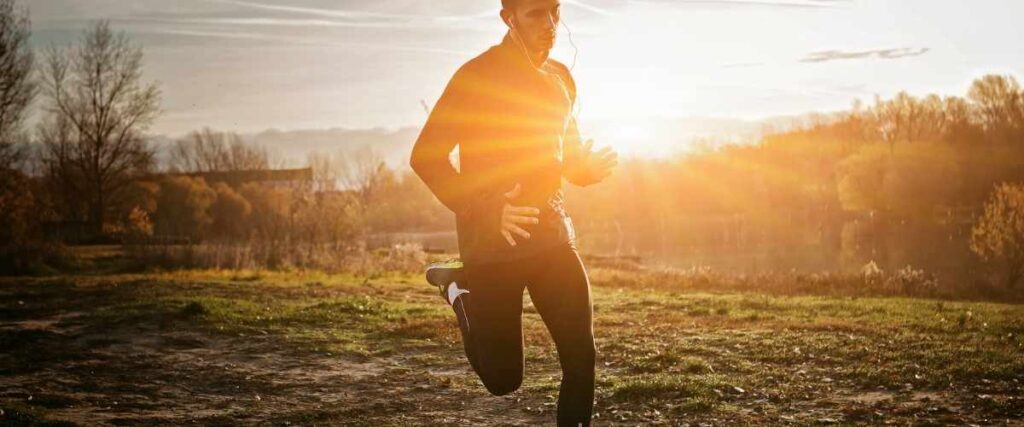
Running blisters are basically bubbles on the top layer of the skin, called the epidermis. They tend to fill with fluid and then pop, revealing the very sensitive skin below. Blisters can be very painful, especially when on your feet, because walking without rubbing the affected area(s) is difficult.
Runners frequently get blisters on the same areas of their feet, including their:
- Heels
- On top of toes
- In between toes
- On foot arches
What causes running blisters?
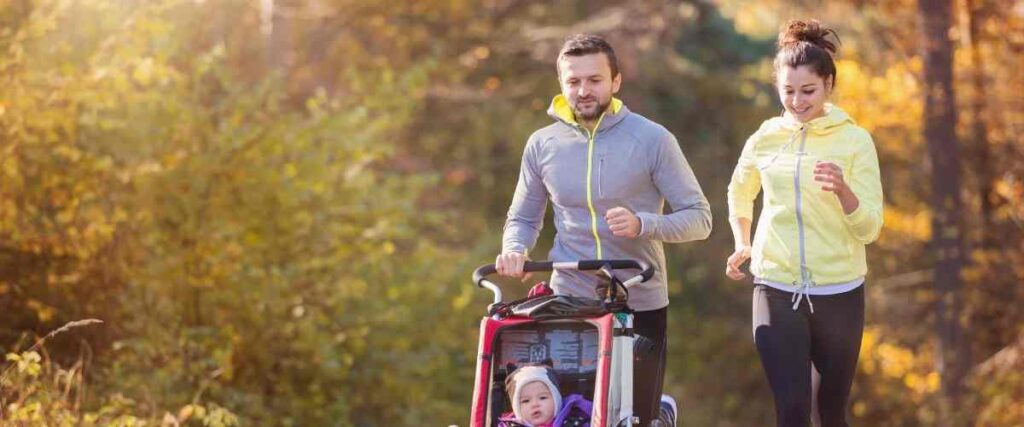
Unfortunately, there are several leading causes of running blisters:
- Excessive heat or friction: Running blisters are usually a result of socks or shoes repeatedly rubbing against the skin on the feet. When you get hot, your feet also swell, making it more likely that they’ll rub against the inner fabric of your socks and shoes as you run.
- Poor-fitting shoes: If your shoes are too small or too big, they can chafe against your skin, causing foot blisters. To prevent this, make sure your running shoes are the correct size for your feet. When shopping for a pair of running shoes, you might think they fit, but it’s hard to tell until you hit the pavement and start running. To make sure a pair of shoes is the right fit for you, consider getting a professional shoe fitting at a running store. A specialist can help you make sure the shoes fit snugly but aren’t too tight and still allow for proper breathing room.
- Running in wet conditions: If you’re running in rain or snow, your feet might get wet, which can soften the skin and make it more vulnerable to blisters. As you work up a sweat, the inside of your shoes also becomes more hot and humid, creating ideal conditions for blisters to form.
- Running on uneven surfaces: Running on off-road dirt trails, downhill, or on rocky terrain can sometimes cause your shoes to rub on your feet differently, causing discomfort and blisters. Foreign objects like rocks or sand may also get into your shoes while running on this terrain, which can cause unnecessary friction.
- Certain foot conditions: Things like bunions, heel spurs (calcium deposits on the underside of the heel bone), and hammer toes (toes that have an abnormal bend in the middle joint) may also produce “hot spots” where your shoes and socks may repeatedly rub against your skin, creating painful running blisters.
- Your running gait: If you get tired and suddenly change your running form and posture, your shoes might rub differently against your feet, causing chafing and blisters.
How to treat blisters from running
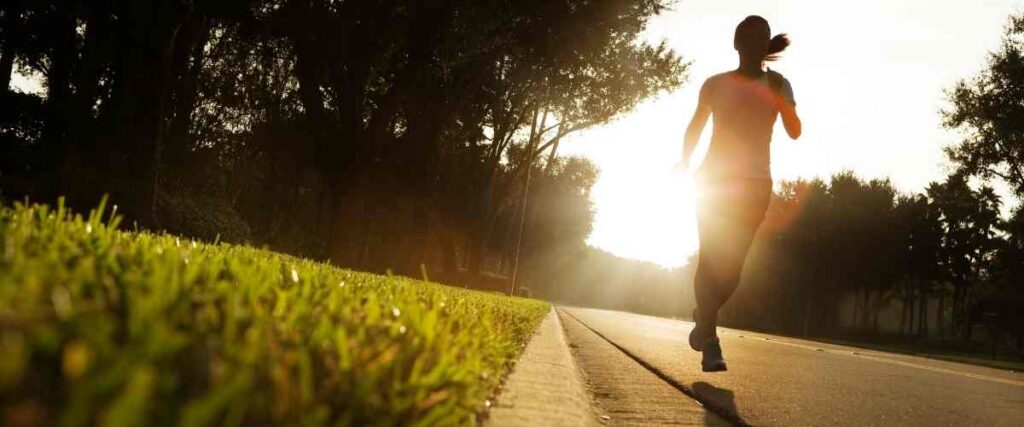
If you notice a blister developing while you’re running, it’s best to stop before it worsens. However, if it happens during a race, you might not have a choice but to finish the event. In this case, it’s a good idea to tape any sore spots to prevent further rubbing and worsening of blisters.
As soon as you’re able, wash the area and apply a bandage or gauze to protect it. If you must wear shoes while it’s healing, choose sandals or another pair of shoes that don’t rub the affected area and cause more irritation. It’s okay to rest and give your skin some time to heal. Taking a day or two off until the pain has subsided is okay.
If you choose to run again before the blister is fully healed, you can cushion it with a special gel bandage like this. They’re specifically designed to help protect and heal blisters during athletic activities like running, and they’re waterproof, so they stay in place.
If the blister is very large and you need to pop it, make sure to use a sanitized needle. Whatever you do, never pop a blister with an unsanitized needle! Doing this may cause an infection that must be treated by a medical professional.
Is it okay to run with blisters?
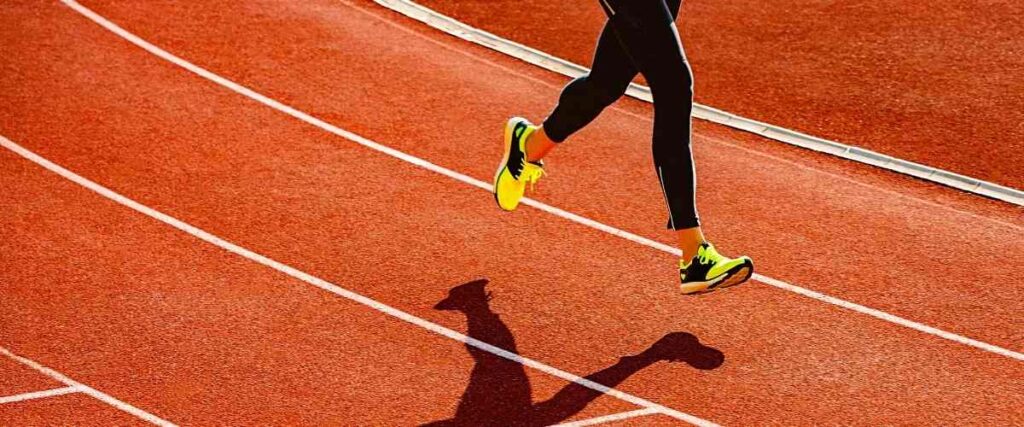
Generally, if you’ve treated the affected area and protected it, running while you have a blister is okay. Keeping the area clean, dry, and protected will help it heal even while you run. However, if a blister has become infected, you should not run on it. Instead, take some time to rest and allow the blister to heal before you run again.
What are the best ways to prevent running blisters?

Running blisters are very common, but they don’t have to happen to you! Here are some of the best ways to prevent them during training and racing events.
Wear properly fitting running shoes.
Make sure your running shoes aren’t too small or too big. Remember that your feet will swell when you run, so you may want to consider sizing up. However, be wary of having too much extra space because that can cause blisters too. If your shoes are new, you may want to wear them around for a few days before you start training in them, just to break them in a bit. If you wear orthopedic insoles, have them professionally fitted to your running shoes.
Change your running shoes regularly.
If you run often, you’ll want to swap out your running shoes regularly to prevent excessive wear and tear that can cause discomfort and lead to blisters. Experts generally recommend replacing your running shoes every 300 to 500 miles. But if you have recurring issues with blisters, you might want to switch more frequently depending on the cause.
Be selective about your socks.
Your socks should also fit properly and shouldn’t be too thick. Otherwise, they can bunch up inside your shoes and cause excess friction. Also, consider wearing socks made of synthetic fibers because they will wick moisture away from your skin instead of trapping it. Specific socks are even marketed as “blister-resistant” because they’re made with anti-friction technology and materials.
Baby your feet.
Taking good care of your feet will go a long way to help prevent blisters. Consider getting regular pedicures to help keep the skin on your feet more supple. You can also apply powders or lubricants to your feet when you run, providing an extra layer of protection from blisters. If you have problem areas that tend to get blisters, wrap your feet with athletic tape to protect your skin.
Increase your mileage gradually.
Gradually building up to longer and more strenuous runs will give your feet (and your body) adequate time to adjust. If you suddenly go from not running at all to five miles a day, your feet are sure to suffer from it. The skin on your feet may be more vulnerable to blisters when you first start running, but it will gradually get tougher as you clock more miles.


